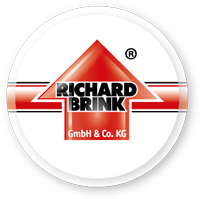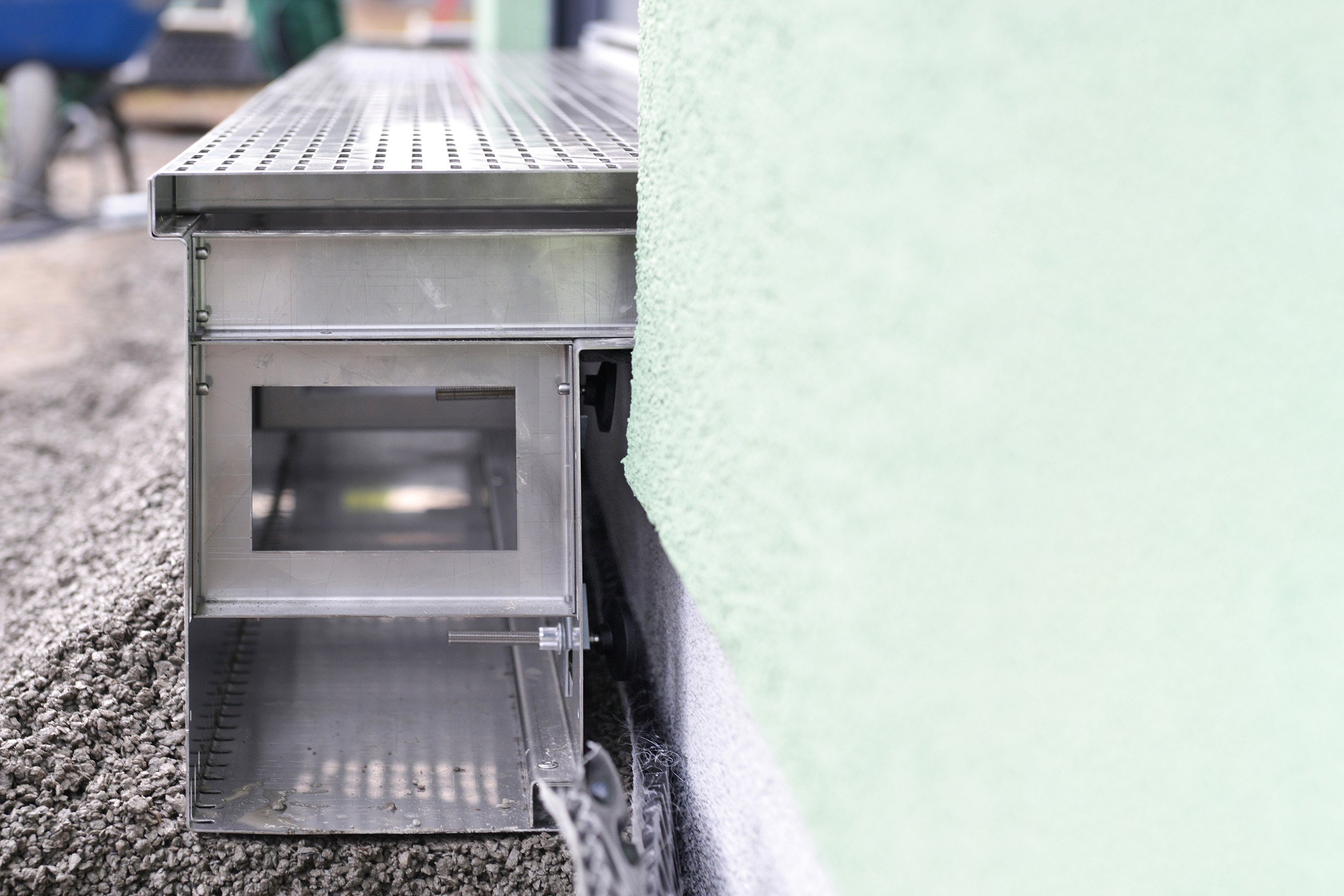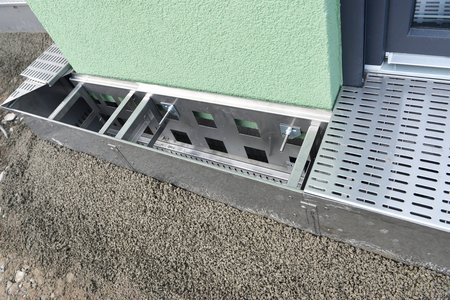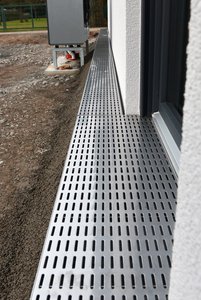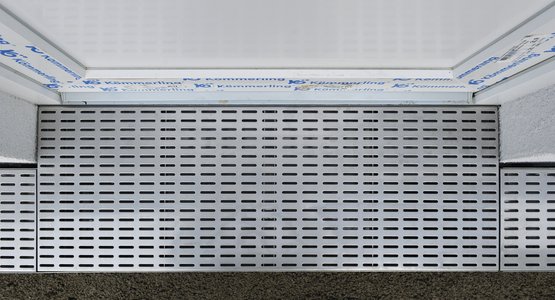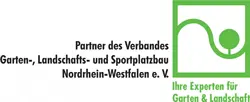When it comes to barrier-free construction in particular, it is especially important that building façades are protected from moisture as the base areas of a building tend to sit below ground level. Accordingly, functional and high-performance solutions for a suitable façade channel are required.
Ventilated base unit for pre-fabricated building
Friedrichsdorf is a suburb of Gütersloh to the south-west of Teutoburg Forest in North Rhine-Westphalia. Here, two pre-fabricated semi-detached houses were constructed as private residences between July 2023 and April 2024. Kahleis Garten- & Landschaftsbau und Tiefbau GmbH, also from Gütersloh, were contracted for work including the installation of drainage solutions along the façade of one semi-detached house during the construction phase. “When it came to selecting suitable channels, what mattered to us was a perfect fit in line with the project-specific dimensions. We needed made-to-measure products, especially for the reveals at the entrance and terrace doors,” explained Managing Director Florian Kahleis. The recommendation for Richard Brink façade channels came from within the company: “We’d already used Richard Brink products in previous projects, but it was one of our own employees who brought the special façade channels to our attention,” the landscaper and garden designer continued.
What’s special about the “Stabile Air” is revealed on the side of the channel that faces the façade. Large ventilation openings guarantee permanent ventilation of the lower façade. Additionally, the drainage channel decouples the base area from the surrounding ground. The gap between the base of the building and the rear channel wall prevents moisture from rising due to capillary forces. Precipitation and any water running off the façade and the adjacent surfaces is collected in the channel and drains away into the surrounding layers of soil through the elongated holes along the channel’s side. Alternatively, it can additionally be directed away via a drain nozzle. Thanks to its high moisture protection, the “Stabile Air” is ideally suited for use along wooden and insulated façades.
A perfect fit for façade and reveal
For the construction project in Friedrichsdorf, Richard Brink manufactured and supplied a total of some 26 metres of their façade channel, mostly to the customer’s specific measurements. Variants with an inlet width of 200mm and heights of up to 300mm were used on the building façade and around the corners. For the reveal areas, the manufacturer produced specially shaped versions at 320mm wide and 300mm high with projecting elements. The projection height was 80mm, with a projection width of 120mm. Stainless-steel drainage grilles with a narrow slot perforation and stainless-steel mesh gratings for the entrance areas were provided as covers. Some of these featured special cut-outs for seamless coverage of the areas in front of the doors.
Easy to fit, perfect result
After delivery, the channels can be quickly and easily put into position and installed on single-grain mortar – being made to measure . “Installation was smooth thanks to the extensive planning in the run-up to the work and the high manufacturing quality and precise fit of the channels and gratings. The result speaks for itself and is due not least to an excellent ability to work together,” said Florian Kahleis in summary.
(approx. 3,930 characters)
